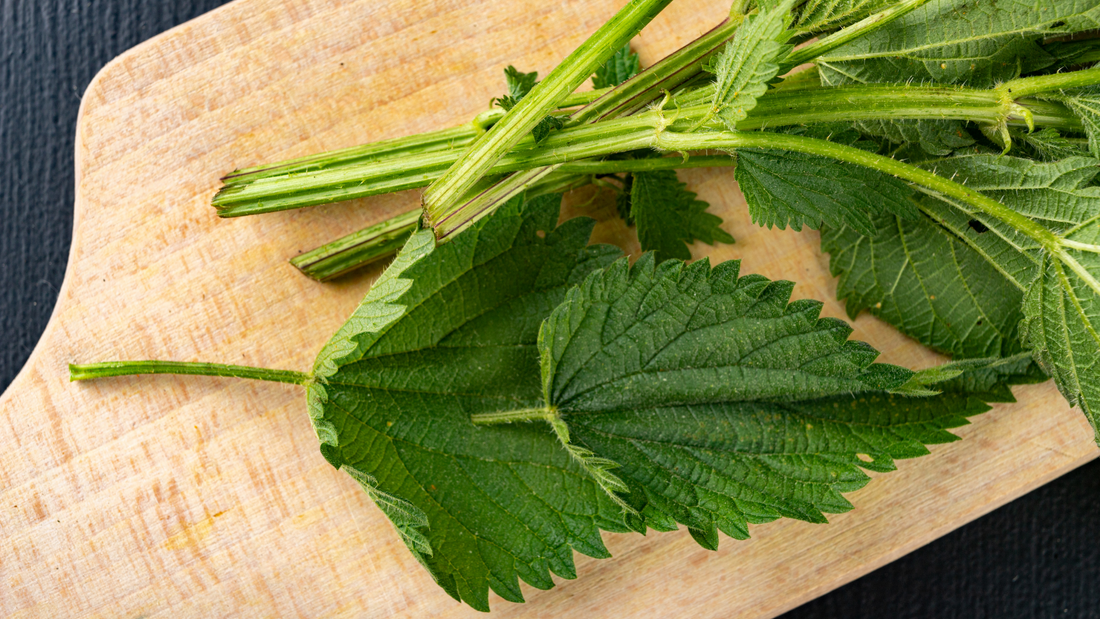
DIY Stinging Nettle Leaf Tincture
Share

Spring is here and it’s time to share the bounty from one of our favorite herbs - Stinging Nettle!
Order Stinging Nettle Leaf Tincture here, or keep reading to learn how to make your own!
Yep, that's right, Stinging Nettle - one of the most nutrient-dense plants in existence. Like a meal of super greens in a few tiny dropperfulls.
What many consider a noxious weed is actually a nurturing gift of essential vitamins and minerals. Fresh or dried, as a tincture, in tea, or added to soups, sauces, salad dressings, a daily dose of Nettle Leaf is a super-efficient way to give your body a heaping dose of protein, calcium, phosphorus, iron, magnesium, beta-carotene, and sulfur, along with vitamins A, C, D, K, and B complex.
There are so many uses for Nettle Leaf, from health to hair and skin - even DIY fertilizer for your plants! But today, let's focus on Nettle Leaf Tincture.
So what’s the scoop on Nettle Leaf Tincture?
Well, let me tell you.
Here are just a few common indications for Nettle Leaf Tincture:
- Overall vitality and wellness
- Allergy symptom relief
- Reduced inflammation
- Kidney function
- Healthy glucose metabolism
In addition,
- Regular use of Nettle Leaf Tincture may enhance feelings of overall well-being and vitality.
- Nettle Leaf is also believed to provide strength to the immune, lymphatic, and adrenal systems, as well as our urinary tract system.
- Nettle Leaf is widely used to support the metabolic functions that helps us maintain healthy energy and stamina.
- Contains antihistamines, and is commonly recommended for chronic and acute allergies as both a preventative and for symptom relief.
- Nettle Leaf Tincture makes a wonderful daily nutrition and vitality tonic.
- Nettle Leaf Tincture can be combined with Mullein Leaf Tincture in a 1:1 ratio for acute bronchial support and respiratory relief.
Don’t worry - wilting, cooking, or drying stinging nettle deactivates the sting.
Our Nettle Tincture is created in early Spring with hand-harvested Nettle that we allow to flourish in our organic gardens here at LeeHouse. After harvest, we immediately clean, chop, and tincture the Nettle Leaves into locally sourced organic Vodka, where it macerates for at least 8 weeks. After straining the plant material, we add 10% vegetable glycerin to smooth out the taste of the alcohol, leaving a delicious, nutritious elixir to support your health!
We’re happy to make Nettle Leaf Tincture for you, and you can get yours here.
We’re into self-sufficiency almost as much as herbalism, and that means we get equally excited knowing you are out there harvesting “weeds” to make your own medicine. So here’s a quick how-to on making your own Nettle Leaf Tincture.

Make Your Own Nettle Tincture
Nettle Leaf Tincture is made from stinging nettle leaves, harvested in the spring.
Before you get started, you’ll need:
- A patch of spring nettle that has not yet flowered and you are confident has not been exposed to pesticides, herbicides, or other toxins.
- Thick gardening gloves
- A mason jar - large enough to hold the nettle you’ve collected
- 1 pint 80 proof alcohol, like vodka or gin
- Scissors or sharp chopping knife
- Fine mesh strainer or cheesecloth
- Bowl to strain into
- Dark bottle to store tincture
Directions
- Gather your thick garden gloves and scissors or trimmers, and head to your nearest organic nettle patch.
- Collect nettle carefully -those stingers will poke! If you get stung, rub some dirt on the affected area (our pull out your tin of Salves it All Salve).
- To harvest, cut nettle plant about ⅔ of the way down. By leaving the crown of the plant, you’ll encourage new growth (and save roots to harvest in the fall).
- Rinse the nettle in the sink and allow to dry on the counter.
- Once dry, chop finely, then add the nettle leaf and alcohol in your jar at a ratio of 2 parts alcohol to 1 part plant material.
- Cover with an airtight lid, then shake vigorously.
- Label the jar with what’s inside (very important!).
- Place the jar in a cool, dark place, for at least 2-3 weeks* and shake it daily.
When you are ready to strain the tincture, pour the tincture over a fine mesh strainer, cheesecloth, or nutmilk bag into a bowl. Use your wooden spoon to press down on the herbs left in the strainer to get as mush liquid as possible out of the leaves.
Pour the finished tincture in your dark bottle to store and seal the lid tightly. Store your Nettle Leaf Tincture in a cool, dark place for up to two years.
Use
As usual, it goes without saying that you should always consult with an herbalist or other medical practitioner before taking any herbal remedies. Assuming you’ve done yur homework - most people will take 1-3 dropperfuls when needed. For allergies,2 dropperfuls daily seems to prevent symptoms. Add the tincture to water, tea, or take it sublingually. (Here’s some advice on taking tinctures.).
* 2-3 weeks is the minimum time for most toncutres. If possile, allow to sit for 6 weeks or longer. The alcohol serves as a preservative and the longer you let it brew, the more vitmains and minerals you'll extract from the plant material.
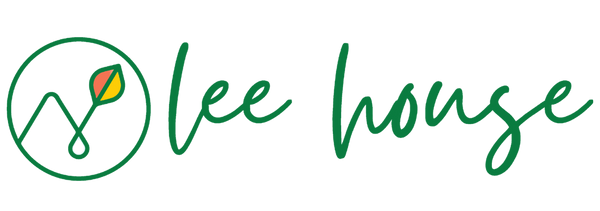
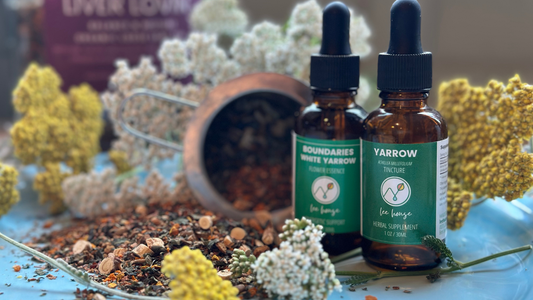
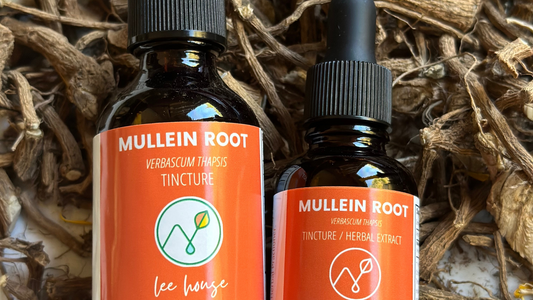
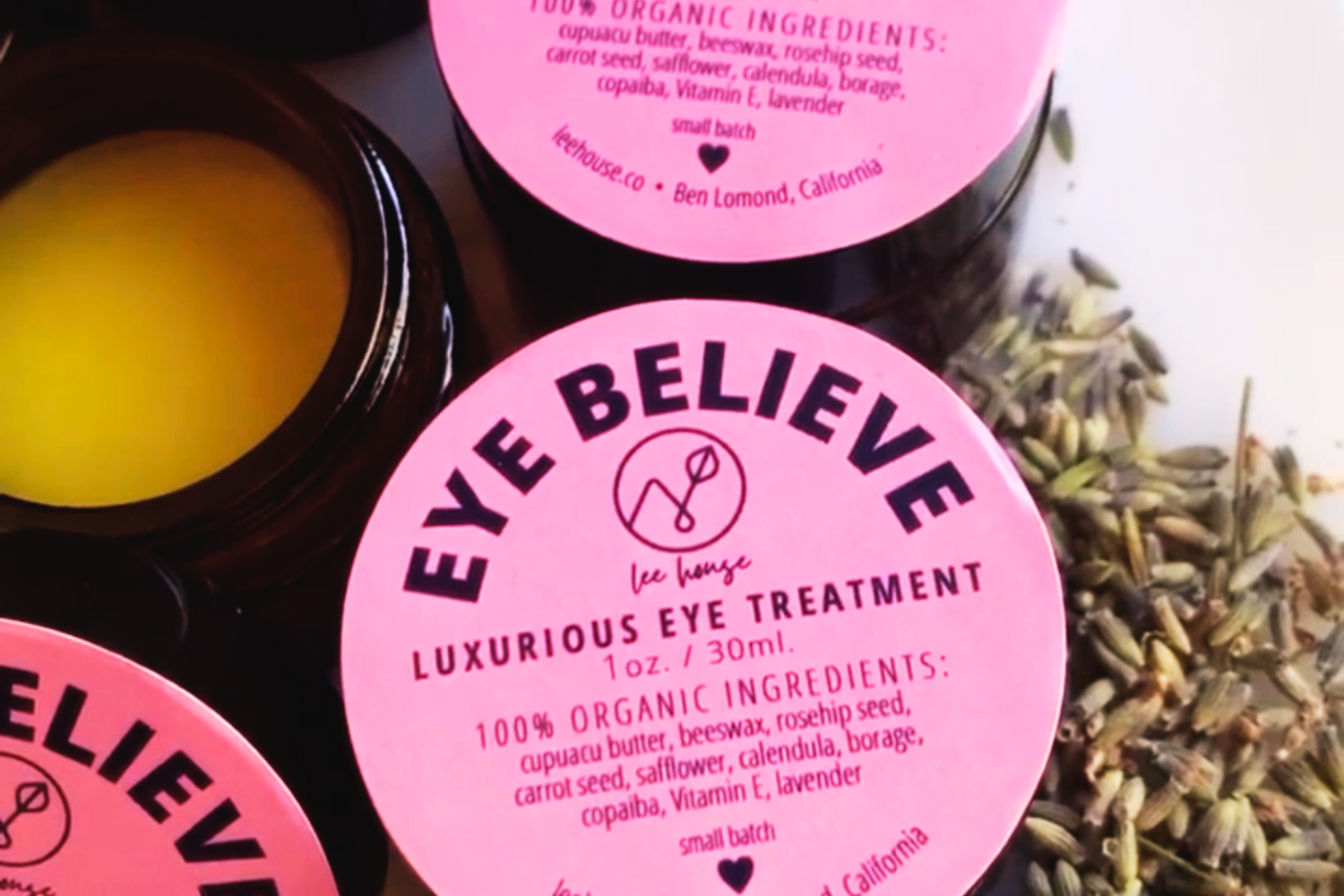
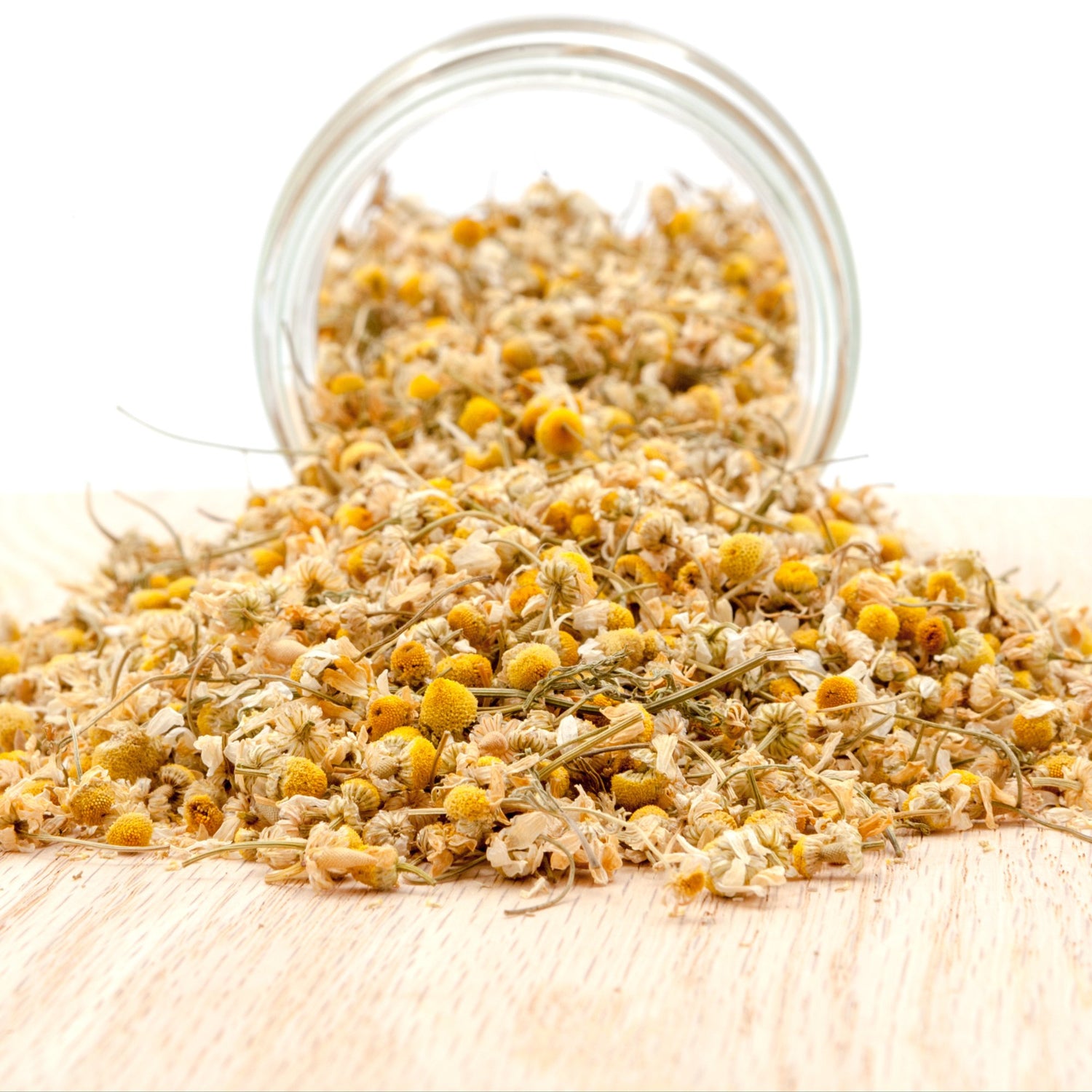
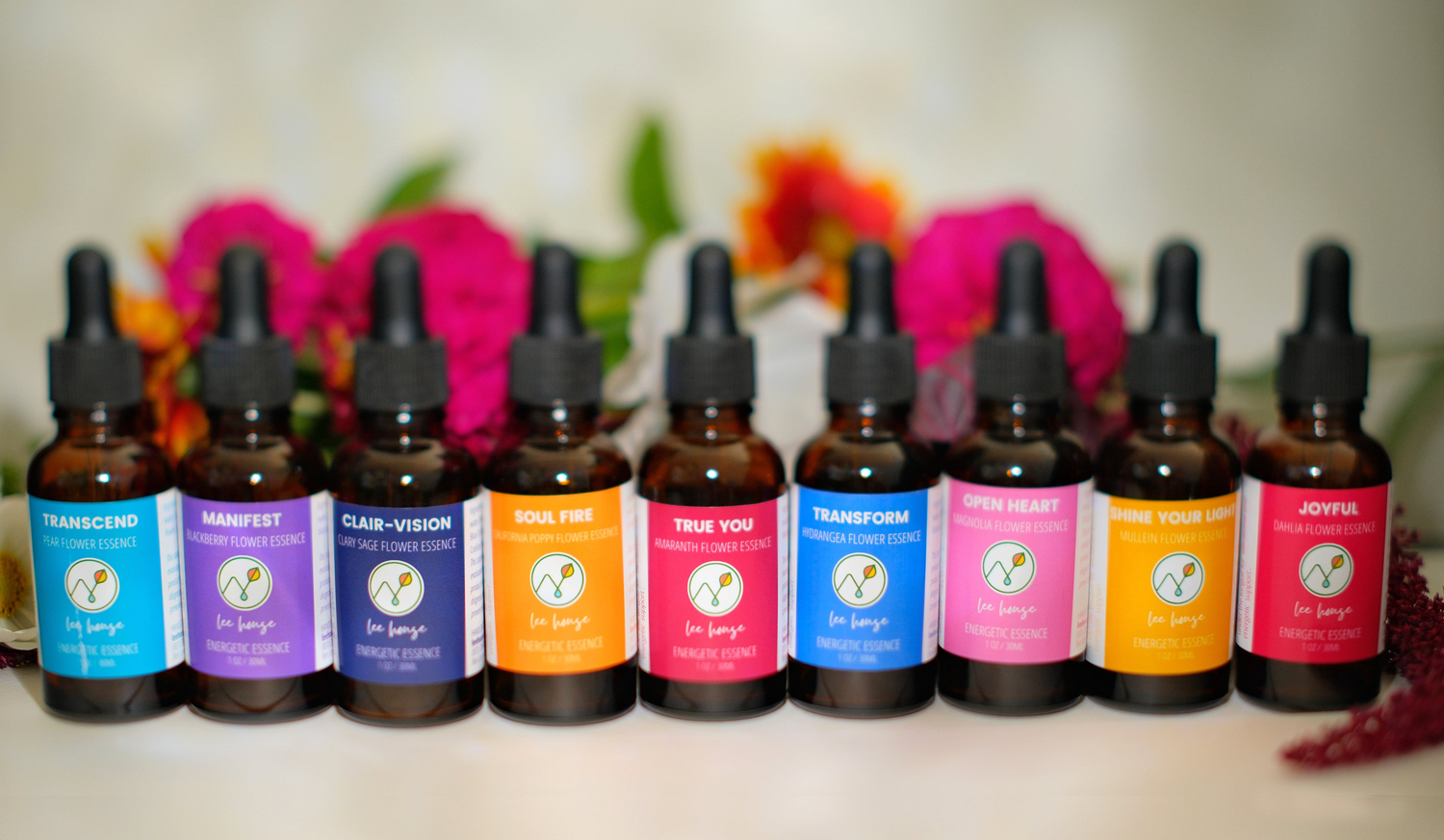
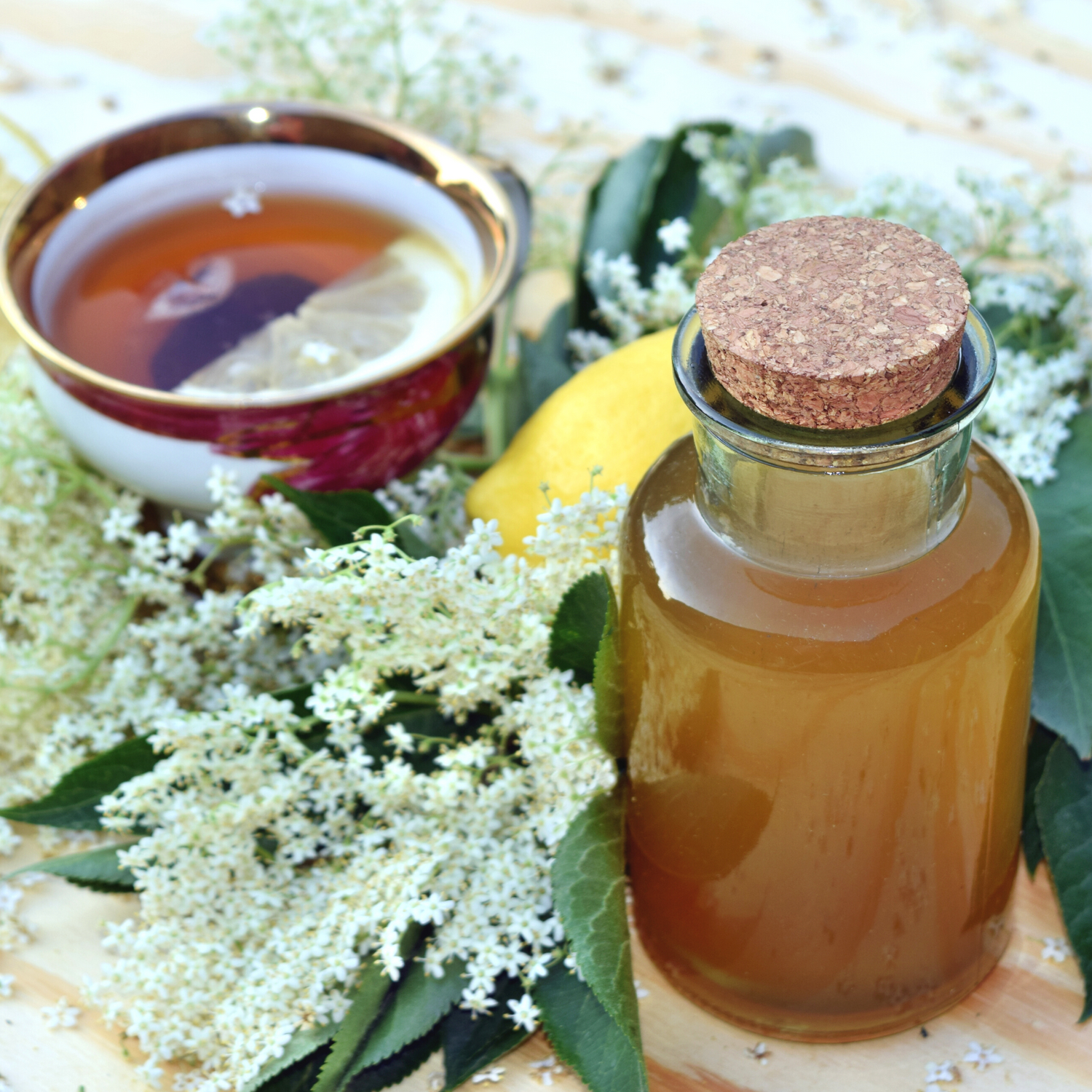
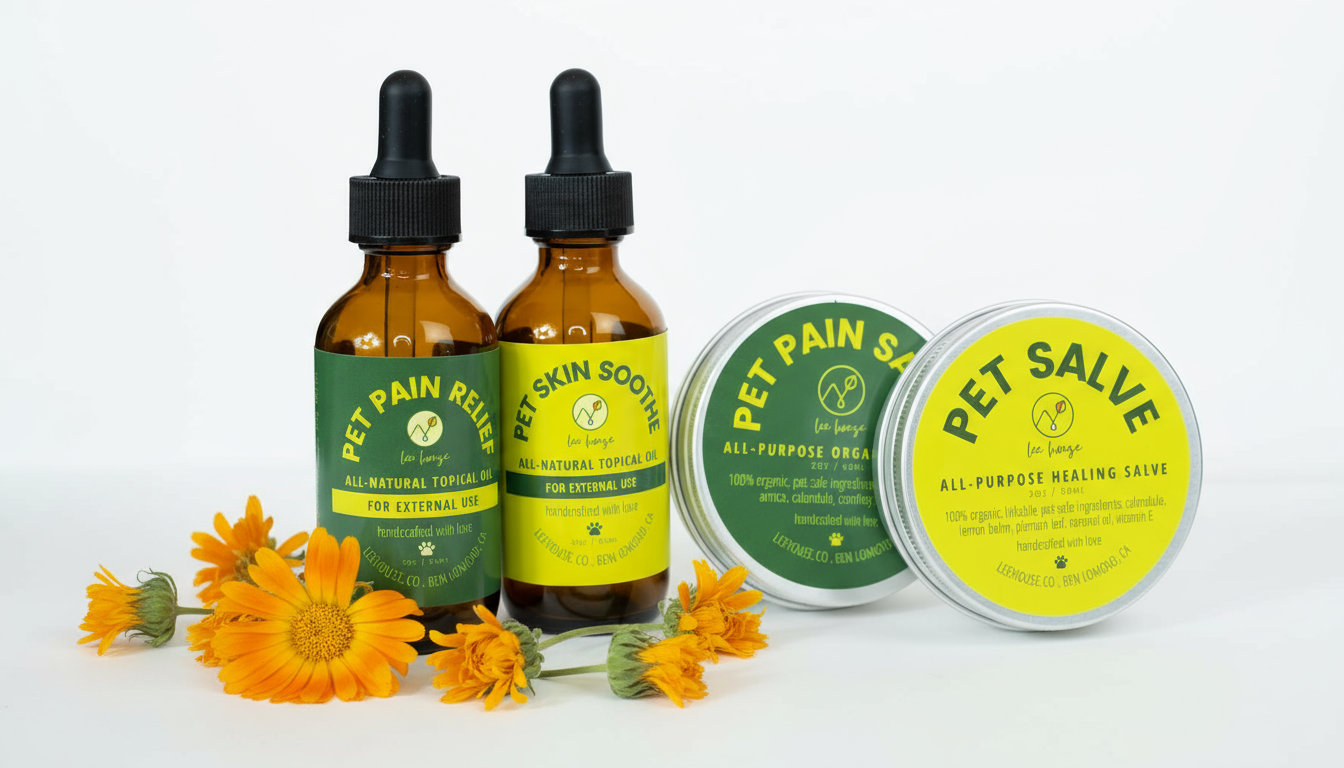
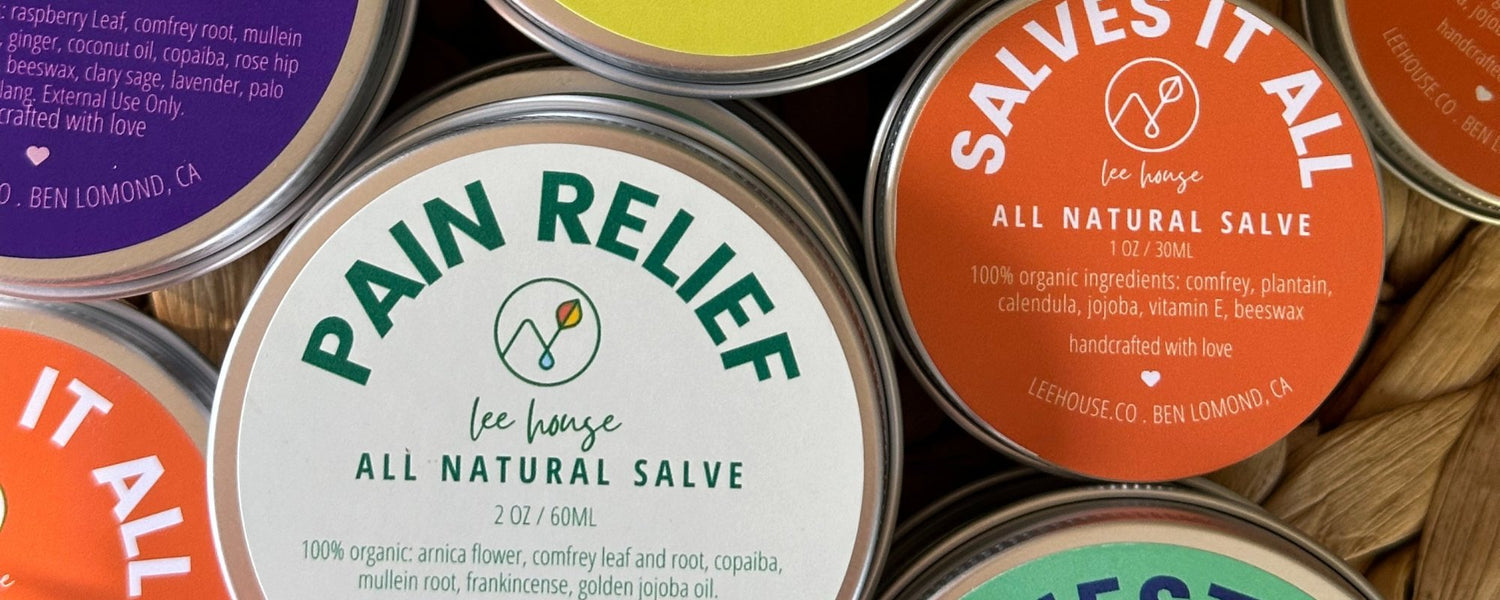
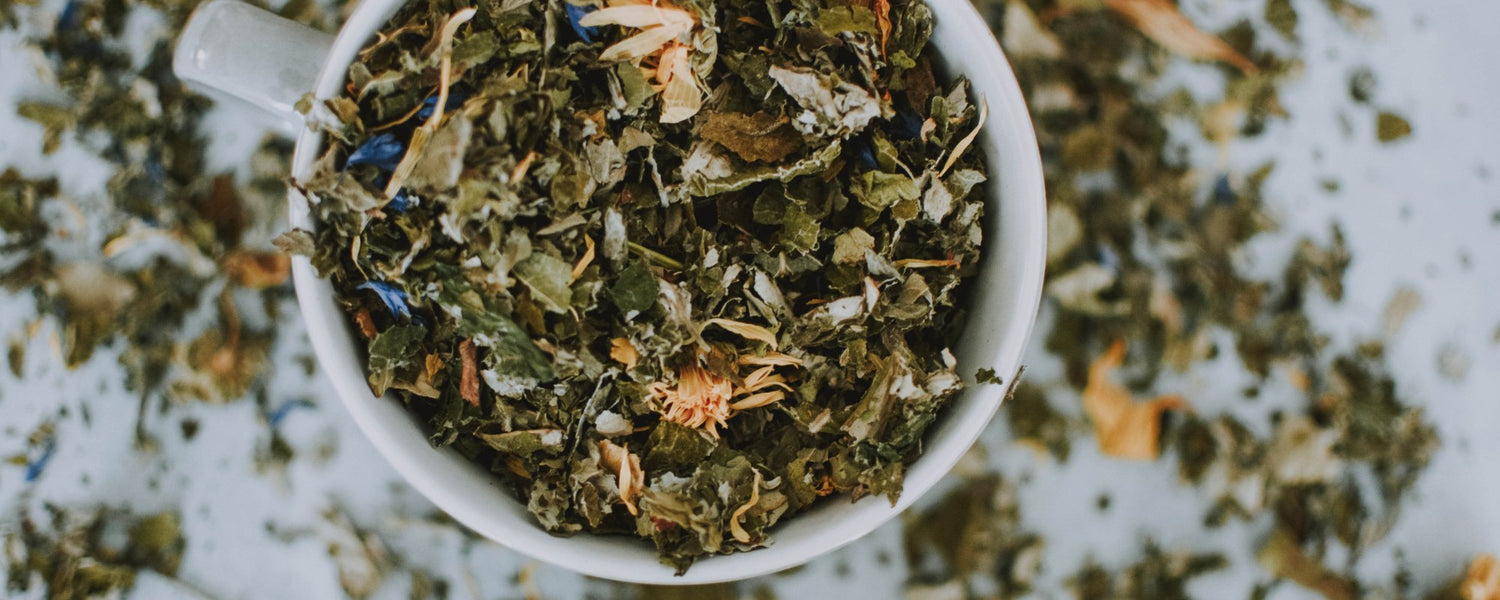
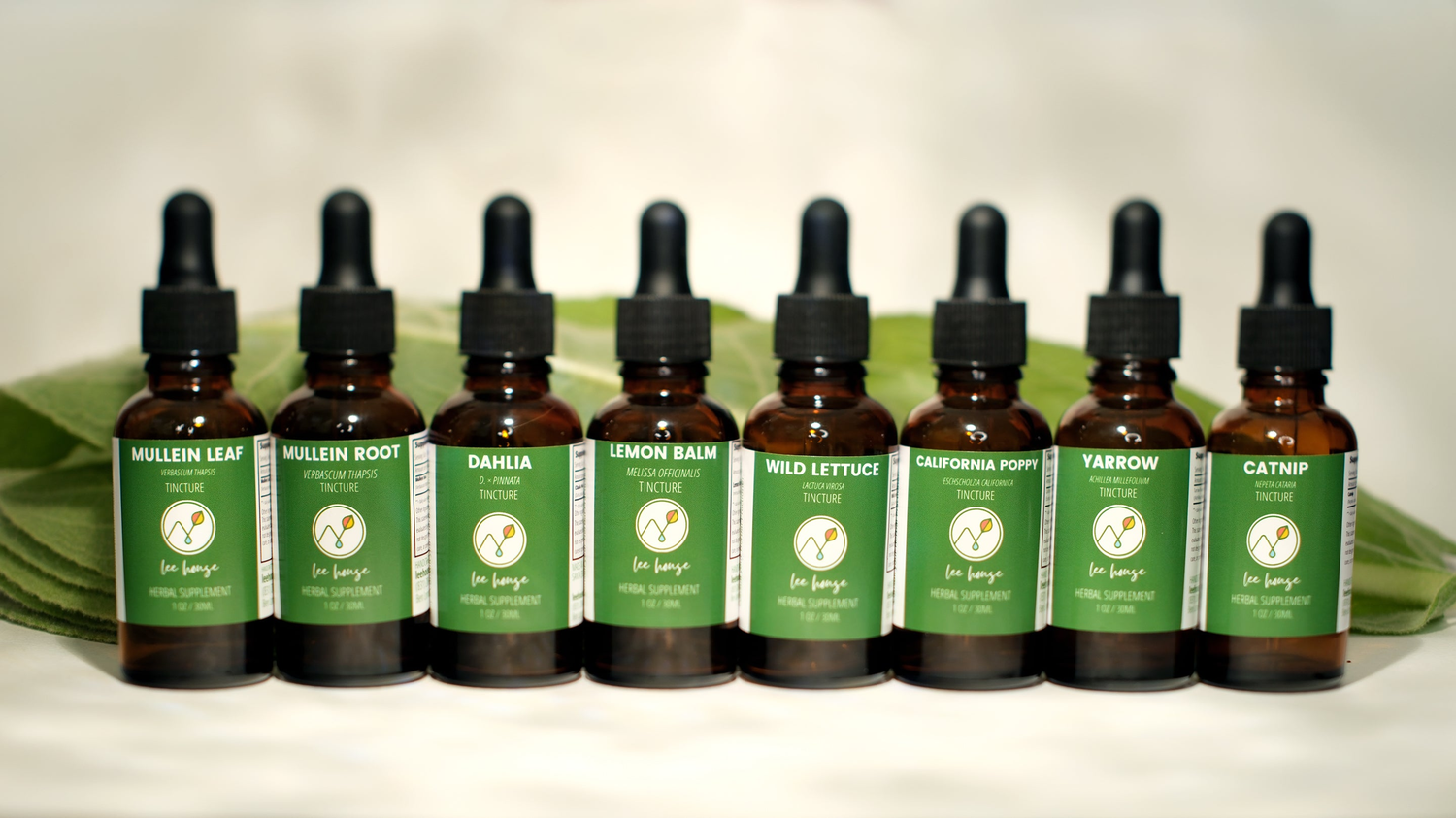
1 comment
Great article